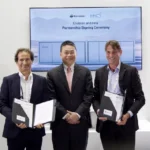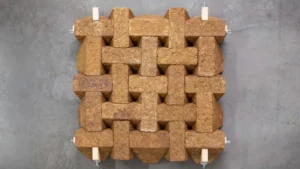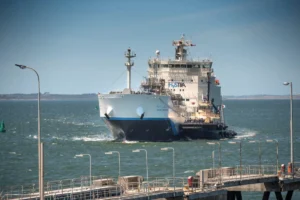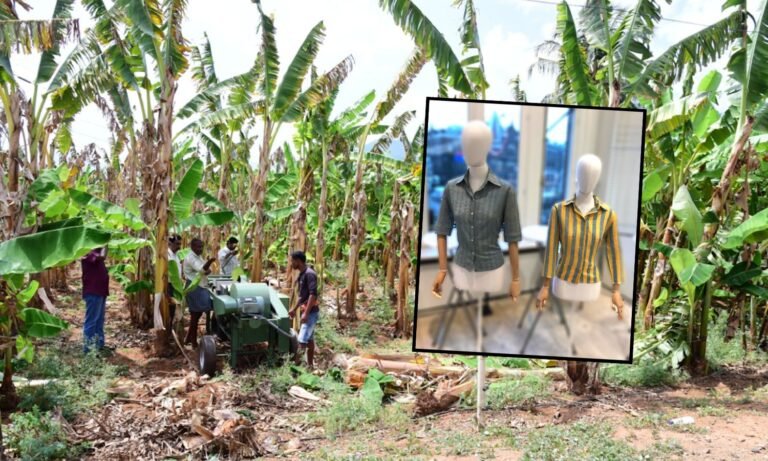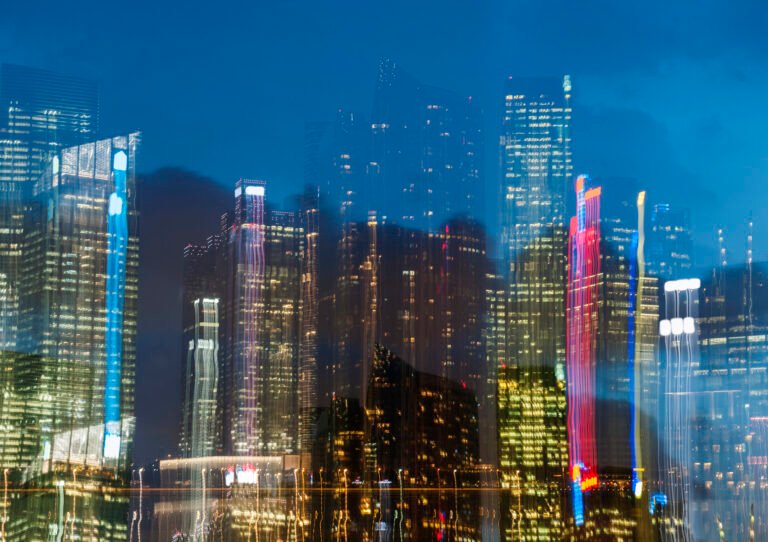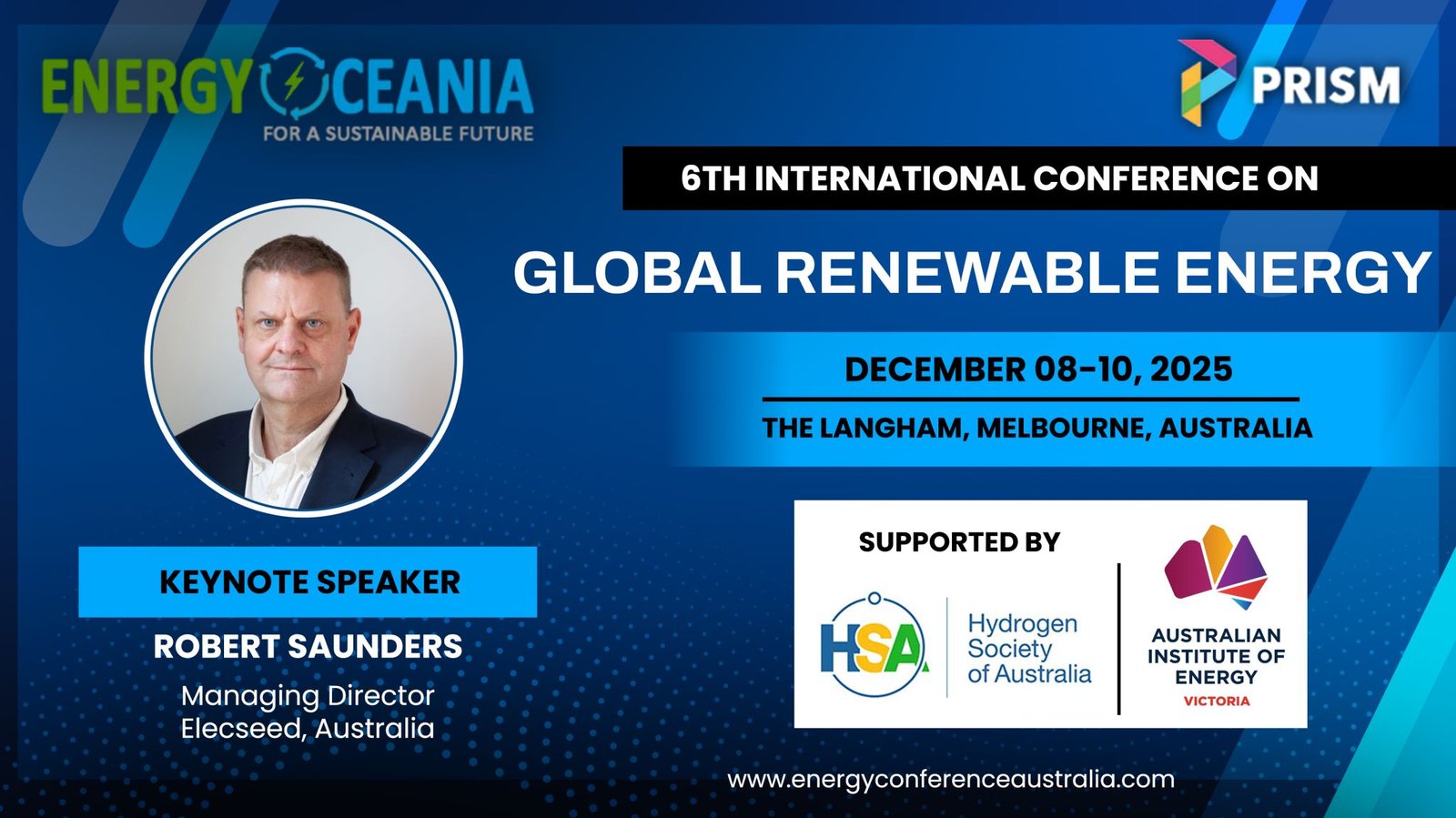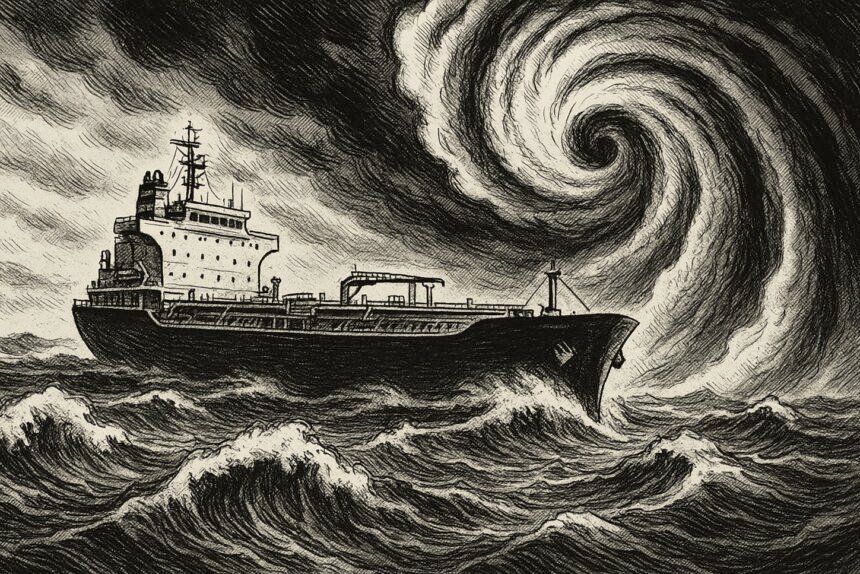Purpose Built, High-Performance Battery-Electric Garbage Trucks Designed for Community. There are approximately 8,000 to 12,000 garbage trucks nationwide, and 95% run on diesel.
This week FNGN launches Founder Interviews of Start-Ups & Scale-Ups in Australia and Asia region. Zoe Chen is the Co-Founder of Bigger Energizer – a clean transport startup driving decarbonisation in heavy transport sector in Australia. With a Bachelor Degree in Education, Arts and Humanities from renowned Monash University, Melbourne, Zoe changed course, brought on from her beloved Nissen Leaf EV in need of TLC – a Battery overhaul.
FNGN: Your brand name—Bigger Energizer—suggests more than just batteries. What exactly are you energizing, and why now?
BE: For me, Bigger Energizer is really the story of how my EV journey evolved.
My first EV was one of those early Nissan Leafs that came to Australia around 2012. I loved it—but over time, the battery degraded so much that range became a real problem. Seventy kilometres just isn’t workable for everyday driving in Australia. So in 2022, we decided to upgrade my EV car ourselves. We sourced a 68kWh battery through China’s advanced supply chain and replaced it in our driveway! Although I wouldn’t recommend others to try that without the right skills and experience.
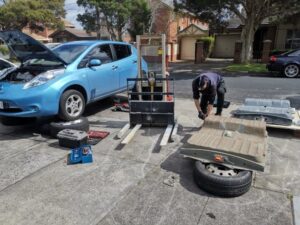

In 2022, upgrading Zoe’s very first Nissan Leaf 2025, Inside Bigger Energizer workshop
That project was eye-opening. It showed how far battery tech had come in a decade—and sparked the idea that we could help other early EV adopters extend the life and range of their vehicles, without having to buy new cars.
That’s where the name ‘Bigger Energizer’ comes from: bigger batteries, bigger range, longer life.
We road-tested the Leaf by driving it from Melbourne to Brisbane. The charging infrastructure back then wasn’t great, but we made it—and that road trip planted another seed. If we could give small EVs a new lease on life, what about larger vehicles? Trucks that burn diesel every day, right through our neighbourhoods.


Image BE: Charging our first battery-upgraded Nissan Leaf in Queensland after driving 1700 KM / 17+ Hours from Melbourne
So by 2024, we pivoted to heavy-duty vehicles—because that’s where the climate impact, and the opportunity, is enormous. Today, we’re building purpose-designed electric garbage trucks for Australia.
For me, Bigger Energizer isn’t just about batteries. It’s about powering a broader shift—toward cleaner, quieter streets, and showing that even the hardest-to-decarbonise sectors can change.
FNGN: Heavy-duty vehicles like garbage trucks are notoriously hard to electrify. How are you tackling this challenge, and what makes your battery systems different?
BE: You’re absolutely right—these vehicles are some of the toughest to electrify.
People often assume they don’t go far, so it should be easy. But in reality, they consume energy fast, carry heavy loads, stop and start constantly, and run hydraulics all day. That’s why we didn’t just retrofit a diesel truck. We’ve seen examples of that, and they rarely perform well. EVs require a complete rethinking. So we’ve engineered our Bigger Energizer trucks from the ground up—with electric in mind from day one.
That means rethinking everything: efficiency, weight, payload, energy use, centre of gravity. We also consulted closely with waste industry operators to understand what really works in their daily operations.
Our battery systems are chassis-mounted and repositioned to lower the centre of gravity, freeing up space for the side-loading body—so we preserve payload and avoid mechanical interference. On top of that, we tap into Asia’s cutting-edge battery supply chain to access high energy-density packs.
It’s this combination—purpose-built EV design plus smart battery sourcing—that lets our trucks perform just as hard as their diesel counterparts.
FNGN: Australia has a growing e-waste problem, including EV batteries. How does your model support the circular economy, especially for second-life or recycled batteries?
BE: It’s a great question. Circularity is built into our DNA.
Our whole journey started with extending the life of existing EVs—replacing early Nissan Leaf batteries instead of sending the cars to scrap. For our Bigger Energizer trucks, we apply the same thinking. Our battery packs are modular and swappable, so they can be upgraded or replaced without scrapping the entire vehicle. Right now, we’re partnering with solar enthusiasts who reuse our batteries for home and community energy storage.
And we’re working with local battery recyclers to ensure end-of-life packs become raw material for the next generation—keeping valuable resources out of landfill and supporting Australia’s circular economy.
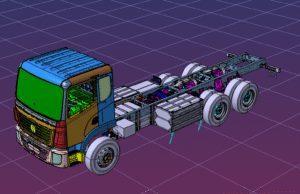
Image: New feature of Biggest Energizer V2G Truck Design for Australian conditions.
There are approximately 8,000 to 12,000 garbage trucks nationwide, including council-owned and privately operated vehicles – with 95% running on diesel. Electric garbage trucks are emerging, but they still represent less than 1% of the total waste collection fleet in Australia.
FNGN: Many councils and waste companies are under pressure to lower emissions. What benefits—financial or operational—do your electric garbage trucks bring them?
BE: Bigger Energizer are not just Green. Our Deesigns are strategically competitive and are specifically for Australian conditions.
Purpose-Built for Australia
- Side-load design: Most common in Aussie suburbs yet underserved by EV options — Bigger Energizer is filling that gap.
- Locally engineered: Unlike imported models, these trucks are built from the ground up to suit Australian roads, waste volumes, and council needs.
Tech Specs That Matter
- 350 kWh LFP battery: Offers high safety and solid range for daily routes.
- Dual E-axles with axial flux motors: Each delivers 230 kW peak power and 58,000 N·m torque — reducing drivetrain weight by 1.5 tonnes.
- Motor efficiency of 95–98%: Meaning less battery drain and more route coverage per charge.
Cost & Infrastructure Advantages
- Comparable price to diesel: A bold move to make EV adoption financially viable for councils and contractors. Diesel trucks can burn around $80,000 a year in fuel, while electricity costs a third of that—and even less with on-site solar and optional V2G function.
- Built-in 22 kW onboard charger: Cuts down on the need for expensive charging infrastructure.
Environmental Edge
- Zero tailpipe emissions: Each diesel truck replaced avoids ~104.5 tonnes of CO₂ annually.
- Low-impact refrigerant (R1234yf): Minimizes global warming potential and ozone damage.
Community-Friendly
- Quieter operation: No more 6am diesel roars — these trucks glide through neighbourhoods with minimal noise.
V2G Function
- Optional vehicle-to-grid (V2G) capability, enabling fleets to discharge energy back to the grid during peak demand.
It’s not just about being greener—it’s about future-proofing budgets and reducing noise in our communities for the long-term.
FNGN: What are the biggest roadblocks? Is it tech, regulation, perception—or all three?
BE: Honestly, it’s a mix.
Technically, we’ve had to engineer for Australian conditions—heavier bins, longer routes, and locally manufactured side-loaders. Standard imported EV trucks just don’t cut it here.
Regulations are improving—the New Vehicle Efficiency Standard and EV incentives are a good start.
But perception is probably the biggest hurdle.
Operators worry: “Will this truck last a full shift like diesel?” or “Who services these if something breaks?”
That’s why we’re launching council trials—to prove the performance firsthand and derisk broader deployment. Once operators see Bigger Energizer at work, the mindset shifts quickly. We’re also building interstate partnerships to expand service and support networks—so customers feel confident going electric.
FNGN: Where can councils, fleet operators, or partners learn more or book a consultation with Bigger Energizer?
They can contact me directly:
📧 zoe@biggerenergizer.com.au
🔗 LinkedIn – Zoe Chen
We’re always open to conversations about trials, partnerships, and planning future fleets.
Read more about BIGGER ENERGIZER Here+
This is the first interview of a series of interviews focussing on Start-Ups and Scale-Ups in the Clean Tech renewable energy sector and Waste Management in Australia and Asia. We welcome your submission to info@futurenowgreennews.com


